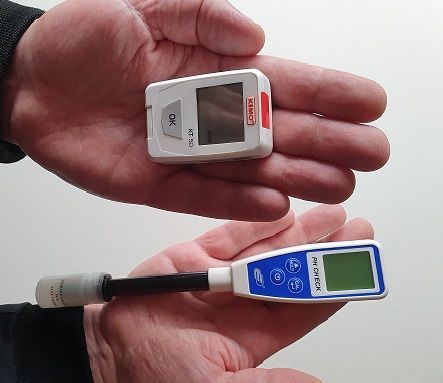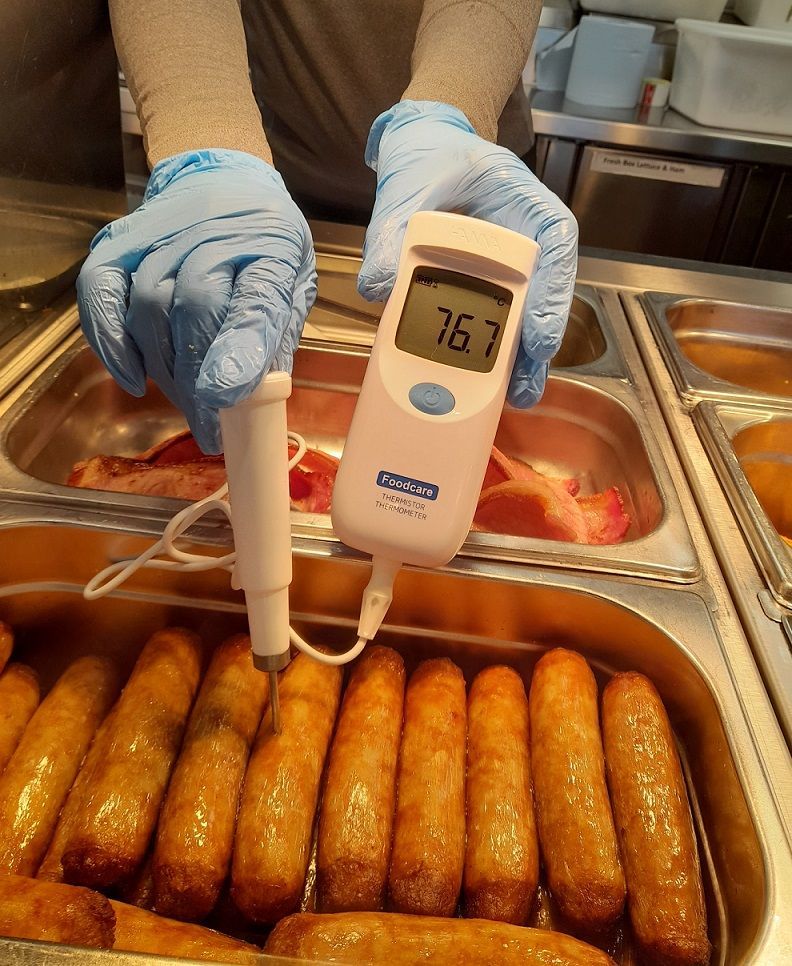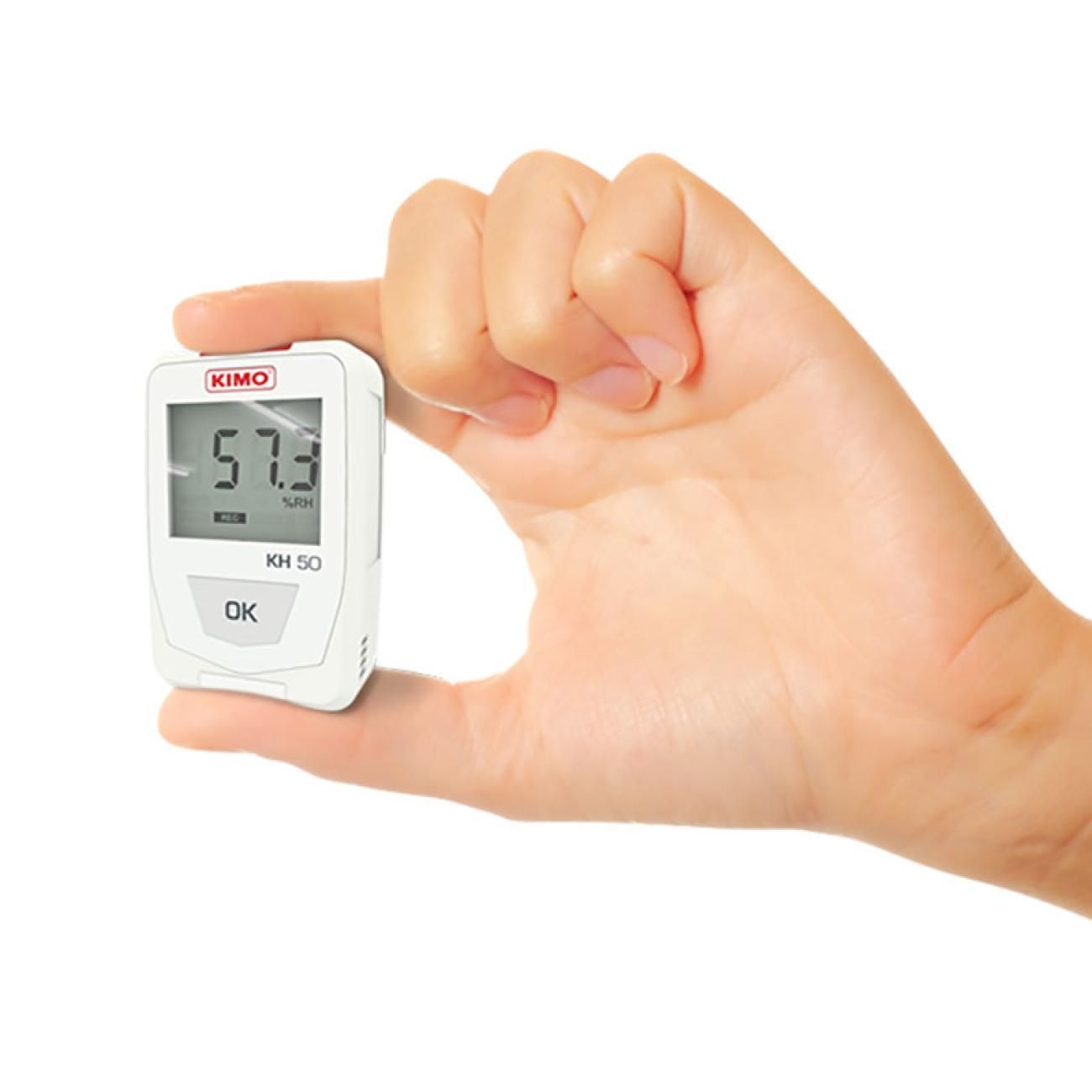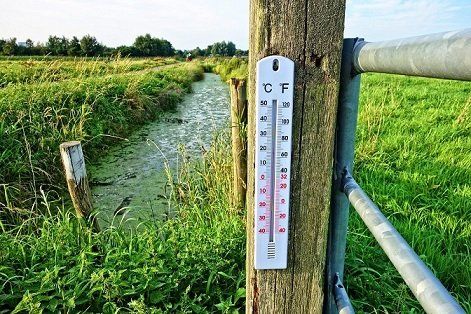19 August 2025
pH Meters vs. Data Loggers: Choosing the Right Tool for Your Application

When it comes to monitoring conditions like acidity, temperature, and environmental stability in food production, agriculture, or scientific applications, having the right tool can make all the difference. Two commonly used instruments in these industries are pH meters and data loggers—each serving a distinct purpose, so what's the difference.
In this post, we’ll break down what each instrument does, how they differ, and how to decide which one (or both) is right for your business.
What Is a pH Meter?
A pH meter measures the acidity or alkalinity of a solution. This is critical in many industries, especially:
- Food production – Ensuring shelf life, taste, and safety.
- Horticulture – Optimising soil conditions for plant growth.
- Water treatment – Monitoring quality and compliance.
Typical features include:
- Digital readout of pH values.
- Built-in temperature compensation.
- Portable or benchtop designs.
For Example: A cheese producer regularly checks the pH of curds during production to ensure consistency and prevent spoilage.
What Is a Data Logger?
A data logger is an electronic device that records data over time, often used to track temperature, humidity, pressure, or stock during transport or storage.
Common applications include:
- Cold chain monitoring – Logging temperatures during food or pharmaceutical transport.
- Food safety audits – Continuous recording for HACCP compliance.
- Horticulture – Long-term tracking in grow rooms or greenhouses.
Typical features include:
- USB or wireless data retrieval.
- Alarms for threshold breaches.
- Battery-powered operation.
- EN 12830 compliance for food transport (e.g. KT50 Data Logger).
For Example: A frozen food distributor uses data loggers to monitor the temperature inside delivery trucks to ensure regulatory compliance and product integrity.
| Feature | pH Meter | Data Logger |
|---|---|---|
| Primary Function | Measures acidity/alkalinity | Records temperature/humidity over time |
| Real Time Data | Yes (instant reading) | No (retrieved after logging period) |
| Best For | Spot checks, lab tests | Long-term monitoring, transport |
| Calibration | Required regularly using buffer solution | Calibration cert traceable to National Standards carried out by trusted professionals - required at least anually |
| Output | Single Readings Displayed | Detailed log data multiple readings |
When to Use Each
- Choose a pH meter when:
- You need to instantly check the acidity or alkalinity of a product.
- You are working with liquids, foods, or soil.
- You need high precision in a lab or food production setting.
- Choose a data logger when:
- You must monitor and record conditions over time.
- You need compliance documentation for audits.
- You want automated, unattended tracking (e.g. in cold storage).
Do You Need Both?
In many environments—such as food manufacturing, commercial kitchens, or greenhouses—you may benefit from using both instruments:
- The pH meter ensures immediate product safety.
- The data logger tracks the long-term conditions affecting product quality.
This combo helps businesses maintain both real-time control and historical records for full compliance with HACCP and ISO standards.
Our Recommendations
At Techris Systems, we offer both:
- Portable Digital pH Meters – Easy to use, accurate, and ideal for food and horticulture.
- Compact Data Loggers – Compact, certification traceable to National Standards, and ideal for transport and storage monitoring
Not sure which suits your application best? Contact us and our team of experts are on hand to offer you advice and support. Understanding what pH meters and data loggers can do, could help you make informed decisions and optimise your monitoring processes. Whether you're ensuring compliance or just trying to improve product quality, choosing the right tool is a vital first step.











